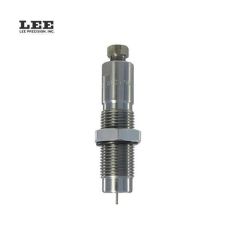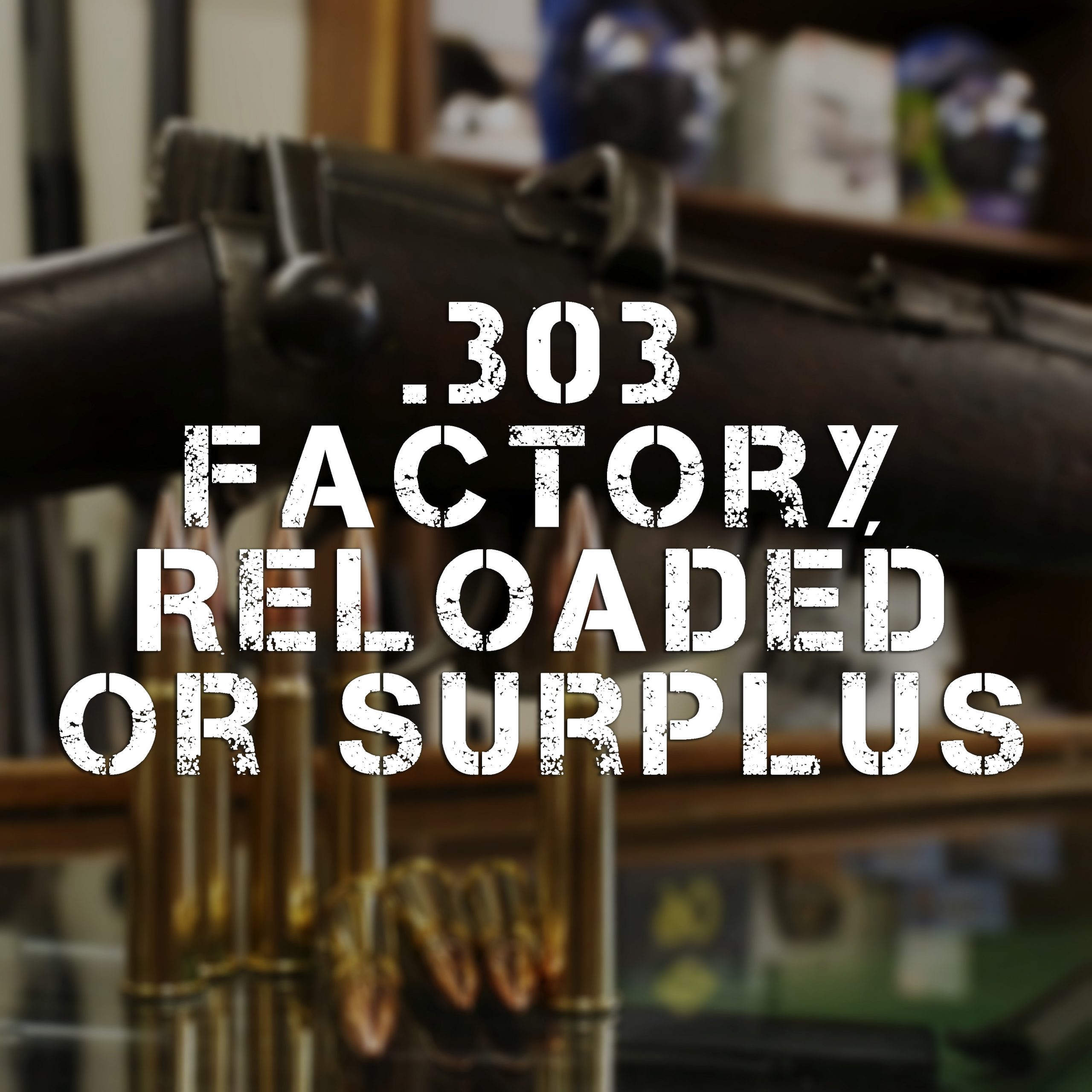We use cookies to make your experience better. To comply with the new e-Privacy directive, we need to ask for your consent to set the cookies. Learn more
Brassed Off With Your Dirty Brass? Henry Krank Guide To Cleaning Brass Cases
To get good results when shooting, the key is always consistency in every respect. When reloading ammunition, the whole process starts and finishes with the brass case. As the only component you can re-use, and the vessel for the whole charge, the brass case must be in tip top condition to function effectively and be capable of re-use.
How to clean your fired cases ready for reloading
The first and arguably most important process in brass preparation is cleaning. Clean brass promotes good and consistent ignition, feeding, ejecting and is in general essential to proper functioning and successful shooting. Here are a few sure-fire (pardon the pun) ways to ensure your brass is at its best and ready for reloading.
Depriming and visual inspection
It is important to deprime before you clean your cases, this ensures the primer pocket hole is cleaned and free of debris to enable proper primer seating. This also ensures the flash hole is clear for consistent ignition.

First, visually inspect each case to ensure there are no obviously cracked or overly dented cases. Throw away any that are. Next, simply take a Universal Decapping Die, fit it to your press, and pop the spent primer from each case. The die is not calibre specific, so you only need one to deprime every calibre you load.
Wet Tumbling
Wet tumbling involves tumbling the cases in water with dish soap, with steel needles acting as the medium. The LEM range of case tumblers can tumble up to 2kg of mixed brass and will clean your cases in around 15 minutes. This is a huge time saving on conventional vibratory tumblers, which usually take an hour or more. The magnetic base also helps with media separation and ensures media does not get stuck in the case or primer pocket. You may lose a small amount of media with every clean, but spare needles are available in different sizes for more efficient cleaning of different calibres.

Wet tumbling does also mean the cases need to be dried before they can be reloaded, for which you'll need a case dryer. Simply put the wet cases into the dryer, turn it on, and wait until dry!
Dry Tumbling
Dry tumbling with a vibratory tumbler is the most common way of cleaning cases. Vibratory tumblers use either dried crushed corn cob or walnut media to lightly abrade the cases and remove the dirt. Our Berry's vibratory tumbler will clean around 200-500 cases at once, depending on calibre, and will take around an hour. For an extra shine, it is advisable to add a cleaning additive to the media. The Flitz tumble media additive is without doubt the best on the market and will leave your cases looking even better than new when cleaned.

Tumble media does get dirty and used after a while, and does need replacing every dozen or so cleans, fortunately it is cheap and readily available, and will last you many thousands of cases.

Final Inspection
It's always good practise to check the cases again after cleaning and drying, just to make sure no cracks have appeared from underneath the dirt and check to ensure no media has become lodged in the case or flash hole.

Once you're sure the brass is clean and free of any media or other blockages, you're ready to continue loading!







